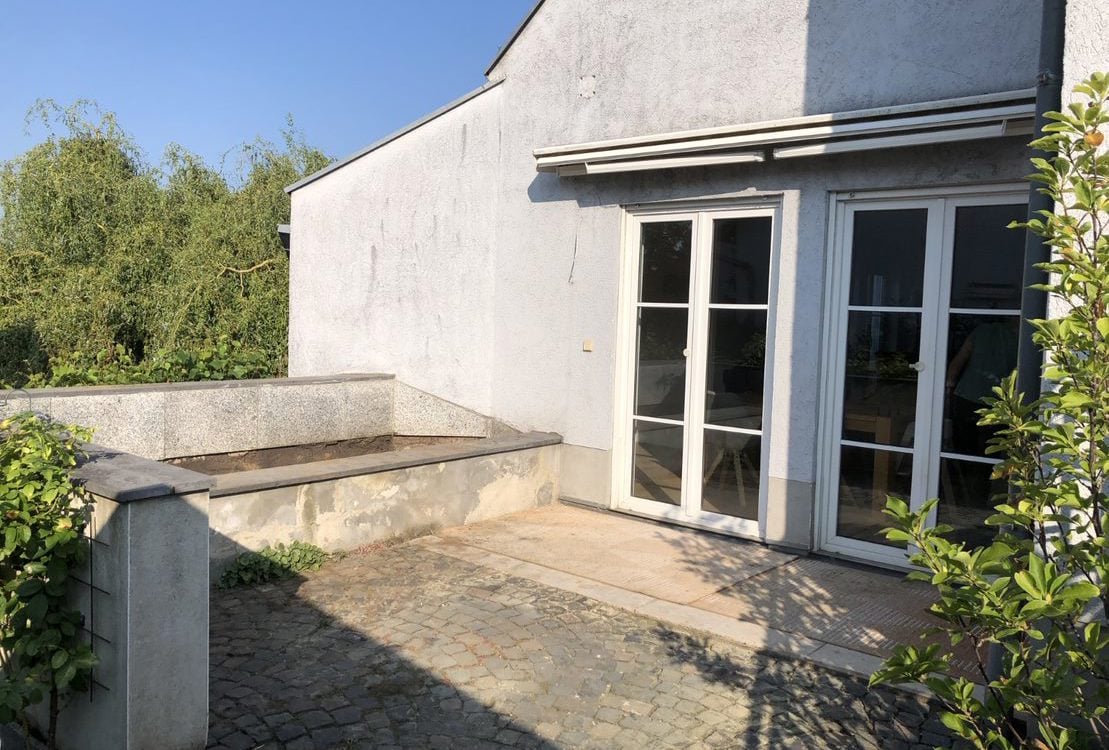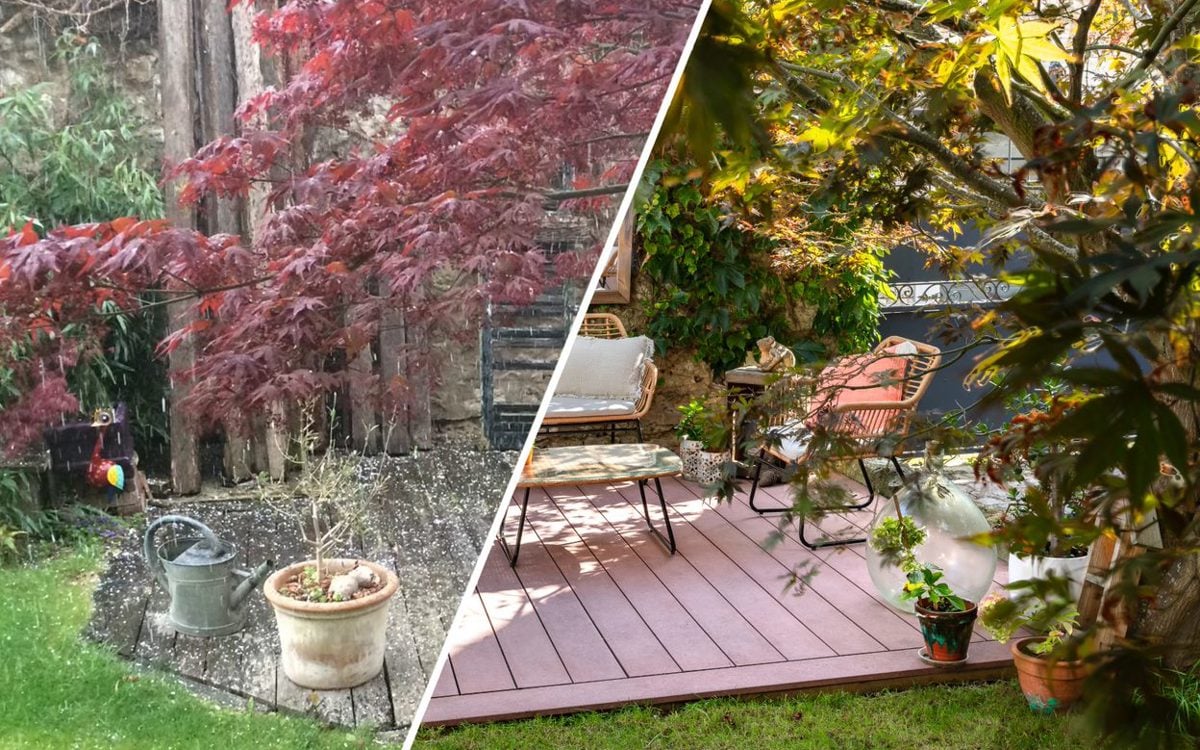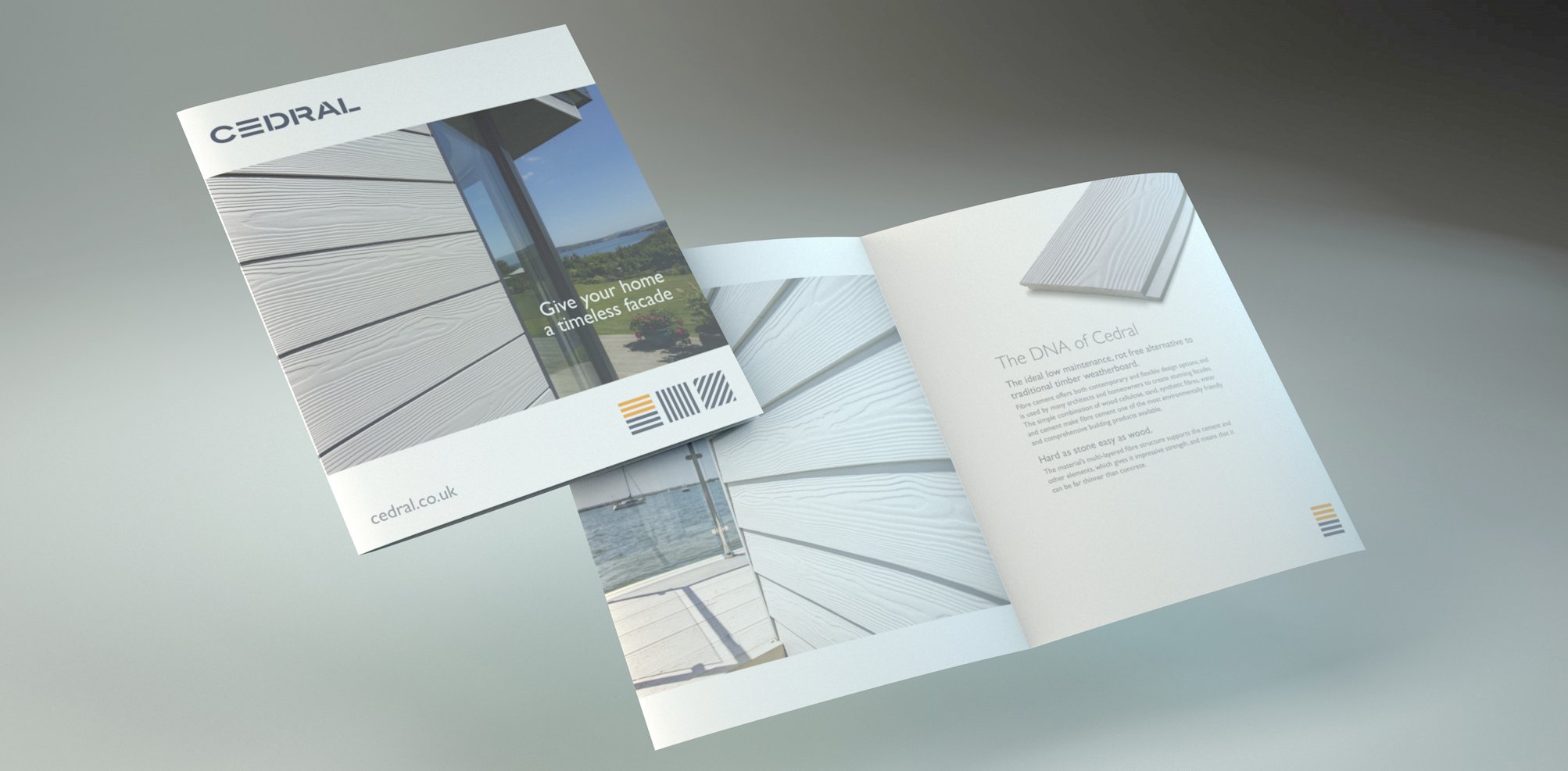A terrace is a wonderful place to enjoy nature and spend time with friends and family. However, over time, it can be damaged by weather and wear and tear. In this post, we will discuss terrace renovation and provide you with tips on how to restore your terrace to its former glory.

Stone terraces
Most damage to stone terraces is caused by moisture. If your terrace has broken, cracked, or unsightly tiles, it usually indicates that water has penetrated the ground. During freezing temperatures, the volume of moisture in the soil expands, increasing pressure and leading to larger cracks. Most damage is attributed to missing or damaged waterproofing. It is important to differentiate between concrete slabs, ceramic tiles, or natural stones when considering the causes of damage. The reasons for damage can vary, and ground settlements or subsidence can also be the cause of cracks. Therefore, it is important to assess the underlying structure before undertaking surface renovation. This is the only way to ensure the longevity of the new terrace.

Assessing the structure
If your terrace has damage, you should first identify the cause. Remove damaged terrace coverings, take off loose tiles or terrace stones, and carefully remove the mortar or adhesive used. Examine the subfloor, remove any broken screed if necessary, and fill any resulting holes or voids with a repair screed. Smaller cracks and gaps can be filled and repaired with synthetic resin. Make sure to create a smooth, even surface. Depending on the extent of the damage and the existing terrace material, it may be possible to install the new terrace on top of the old one. However, attention must be paid to whether an elevated terrace may cause problems with door openings. In the case of significant damage or mismatched heights, the old terrace covering must be removed. A level base must then be built on which the substructure and subsequently the Cedral terrace boards can be installed.

Plank terraces
Damage can also occur over time with plank terraces. Old wooden or WPC (Wood-Plastic Composite) terraces can deteriorate or splinter due to weather, age, or damage caused by pools (chlorine or saltwater). If this is the case, you should remove the old surface covering. In some cases, the substructure can be left in place, but the wood must be checked for stability. With an aluminum or WPC substructure, it can likely remain in place. Woods such as Bangkirai, larch, or Douglas fir can rot if water remains stagnant and the planks are not regularly maintained (oiled, painted), whereas fiber cement does not decay. During renovation, attention must be paid to ensure that the joist spacing of the substructure does not exceed 31.5 cm. If this is not the case, the spacing needs to be reduced. If a substructure cannot be used, the old substructure must also be removed and newly installed on a solid base. We recommend using an aluminum substructure as it is more durable.
Maintenance guidelines
After renovating your terrace, it is important to ensure regular cleaning. Use water and a scrub brush to remove dirt and deposits. Regular cleaning extends the lifespan of your terrace and ensures long-lasting enjoyment.
Conclusion
A terrace can be damaged by weather and wear and tear. However, with the right renovation, it can be restored to its former glory. Assess the structure and remove damaged coverings to create a smooth, even surface. Ensure that the new terrace is well-planned and regularly maintained. This way, you can enjoy your terrace for a long time
